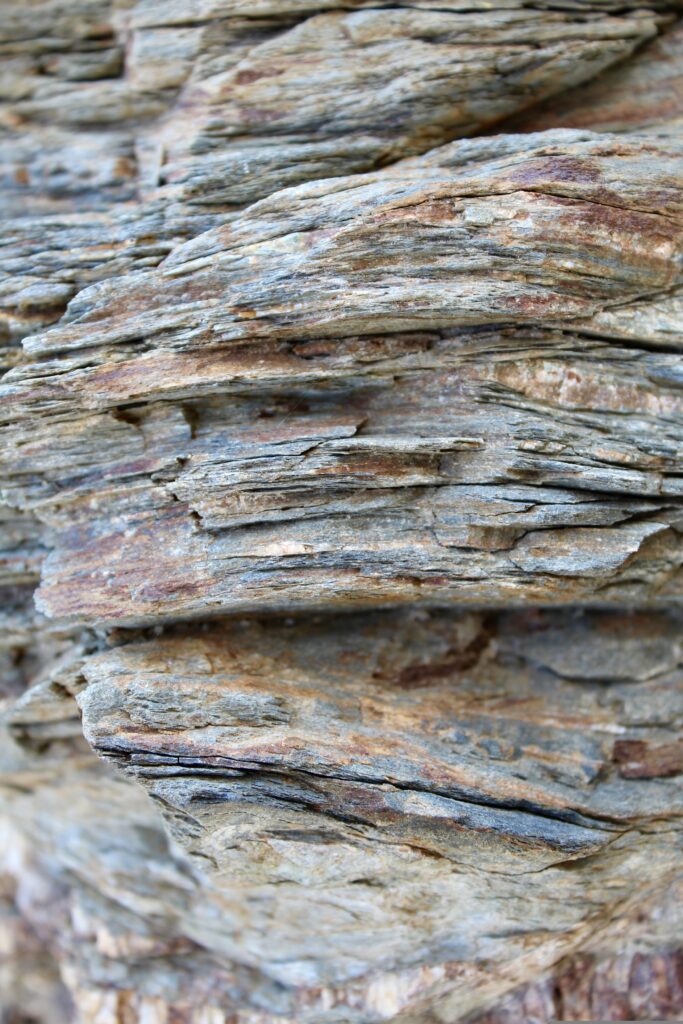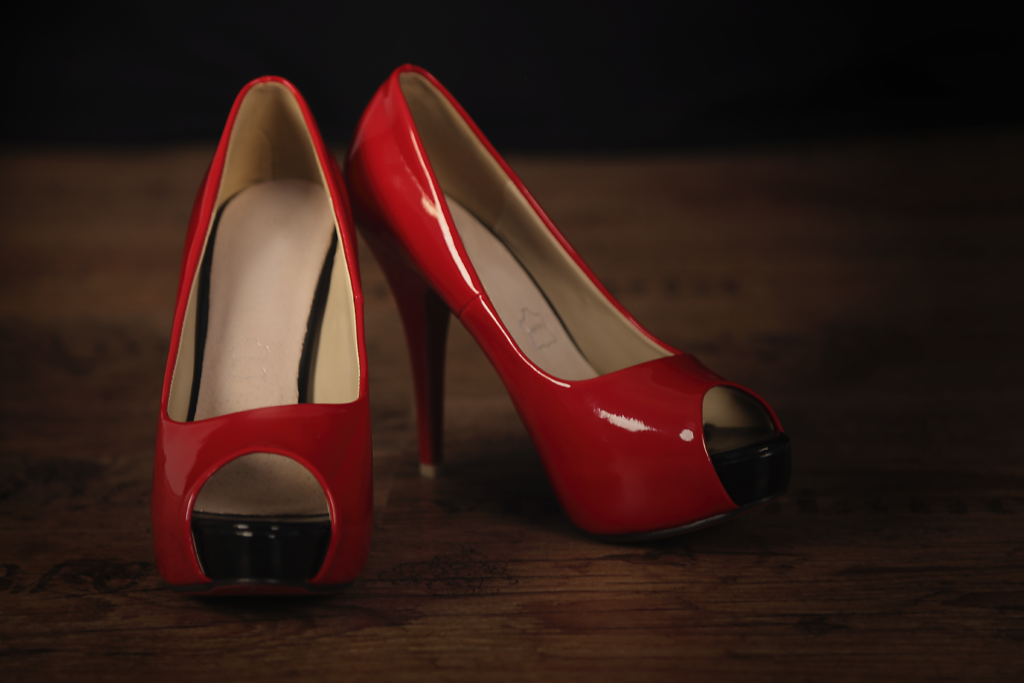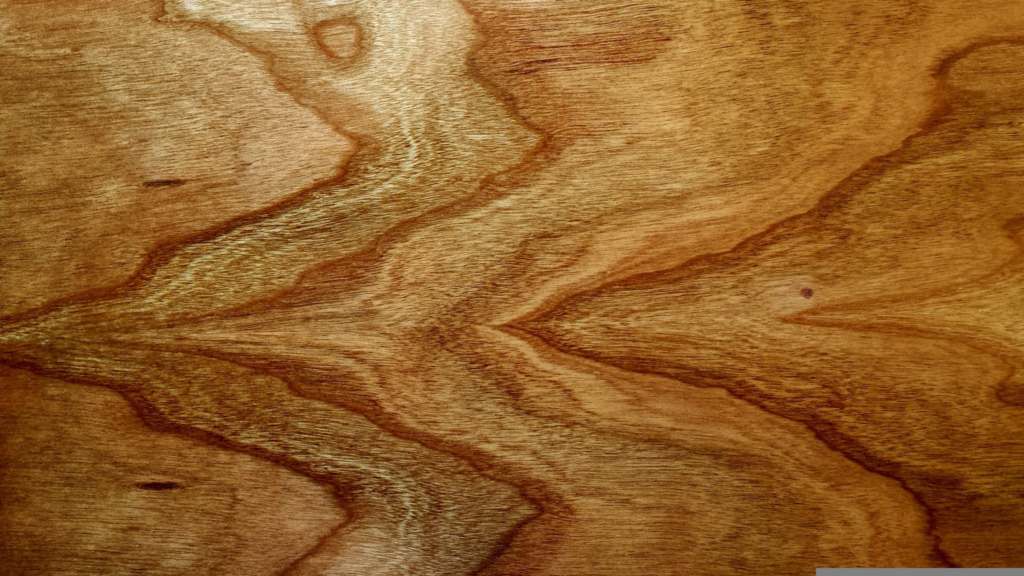
We all have the ability to create double-voiced utterances. We quote other people, and add the moral weight of other voices to our own. This has been called ‘lamination’ in the literature on oral discourse. As we quote, a variety of voices are co-present in our speech. As we tell a story, we may quote a dialogue that took place long ago. We may mimic the way things were said in this story-world, as we re-create it in the here and now. It is as if a speaker splits into a variety of presences, at once witness to the detail of the story and participant in the current social world in which the story is told. In technical terms this is called the ‘lamination of participant role structures’. As we tell stories we animate the voices of others, we utter them again, as we make our speech ‘double-voiced’. ‘Double-voiced utterances’ is a term attributed to the philosopher and literary critic Mikhail Bakhtin.

It is the term ‘lamination’ though which attracts my attention for this blog on the architecture of language. A friend and architect made sure I understood this is different from layering. Layers can shift, can move. Lamination is a technique in which a material is made out of multiple layers that are assembled by using glue, heat, welding or pressure. The result is a composite material that is stronger, more stable, or simply looks better. This may make you think about a laminate kitchen worktop. Making material thicker and sturdier by adding layers of plastic is also called lamination. We use heat and plastic to laminate important documents to protect them from being smudged or torn. Laminated fabric is common too. Woven fabrics can be laminated with different chemical polymers to give them useful properties, like being wind proof or thicker.

‘Lamination’ is also the metaphor used by linguists who study the way we quote others. A laminate is a layered object, a composite material that cannot easily be taken apart. Voices intermingle, are woven together in a manner that makes it almost impossible to disentangle them. To use the terms lamination for ‘double-voiced’ speech appears to me like a modern metaphor comparable to ancient metaphors of speech and language. I addressed such ancient metaphors in earlier blogs as ‘intertwining’, or ‘two strands’. These forms appear more akin to layering, and the imagination of taking things apart.

Technological innovation like coating machines and machine presses gave rise to the metaphor of lamination, and it seems suitable. As we quote, the voices of others become somewhat imbued with our manner of speaking, our mode of thought, our story. They can’t be easily peeled away from the here and now, from the moment the story is told. When thinking about the architecture of language though, and our imagination of linguistic forms, I can’t help but remark that ‘lamination’ orients us towards an image of ‘thin layers of material’ (laminae in Latin). Much like words on a page, or other frames for language this metaphor may discourage us from visualising the non-Cartesian, complex shapes of natural language.

References
Bakhtin, M. 1984 [1929] Problems of Dostoevsky’s poetics. Trans. Caryl Emerson. Minneapolis: University of Minnesota Press.
Bakhtin, M. (1982). [1975]. Discourse in the novel. In M. Holquist (Ed.), The dialogic imagination: Four essays (pp.259-421). University of Texas Press.
Goffman, E. (1974). Frame analysis: An essay on the organisation of experience. New York: Harper and Row.
Hill, J.H., & Irvine, J. T. (1993). Introduction. In J.H. Hill & J.T. Irvine (Eds.), Responsibility and evidence in oral discourse (pp. 1-23). Cambridge University Press. Studies in the Social and Cultural Foundations of Language 15.
p. 6-12
Sources
Image 1:
https://en.wikipedia.org/wiki/Composite_laminate
Image 2:
https://en.wikipedia.org/wiki/Mikhail_Bakhtin
Image 3:
https://pixabay.com/photos/parquet-shoes-pumps-red-2152249
Image 4:
https://en.wikipedia.org/wiki/Composite_laminate
Image 5:
https://pixabay.com/photos/wood-texture-wooden-brown-timber-622105